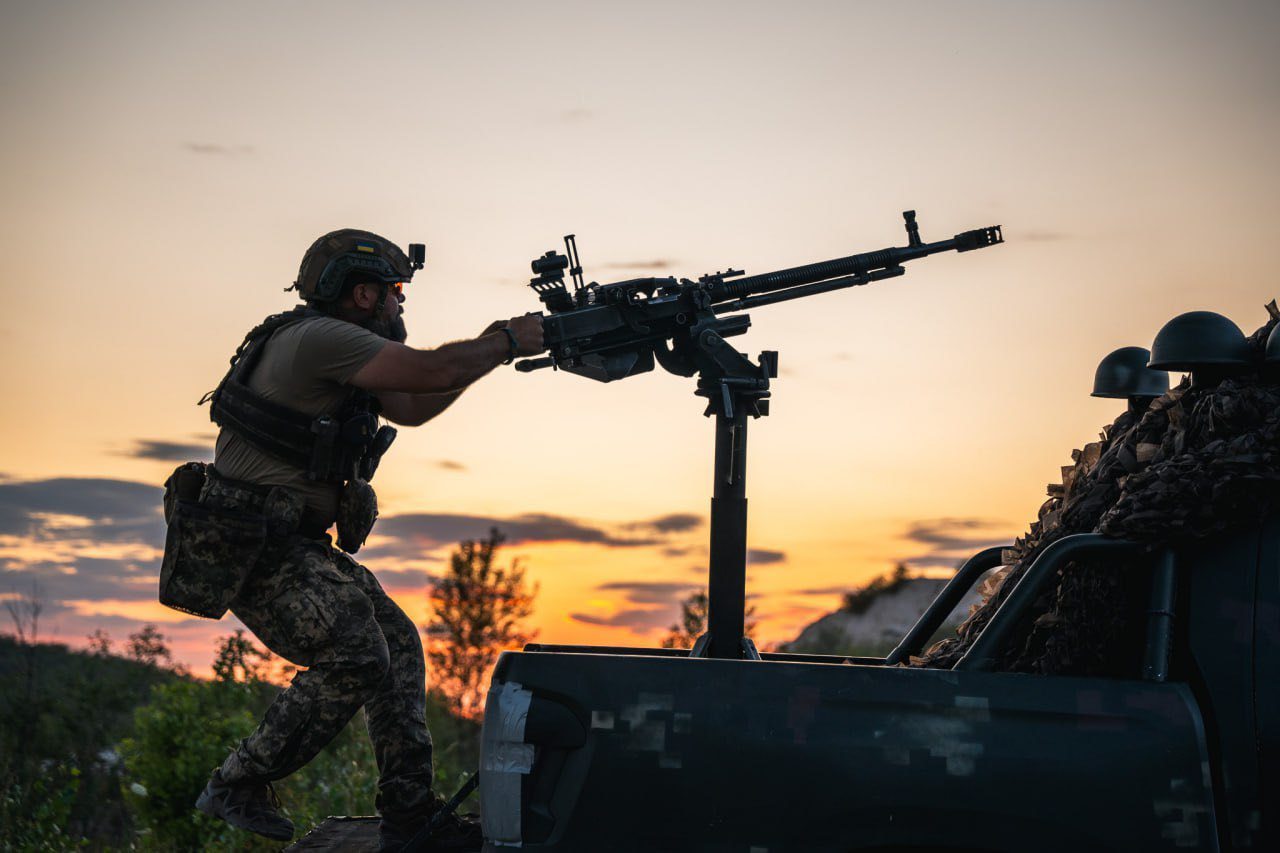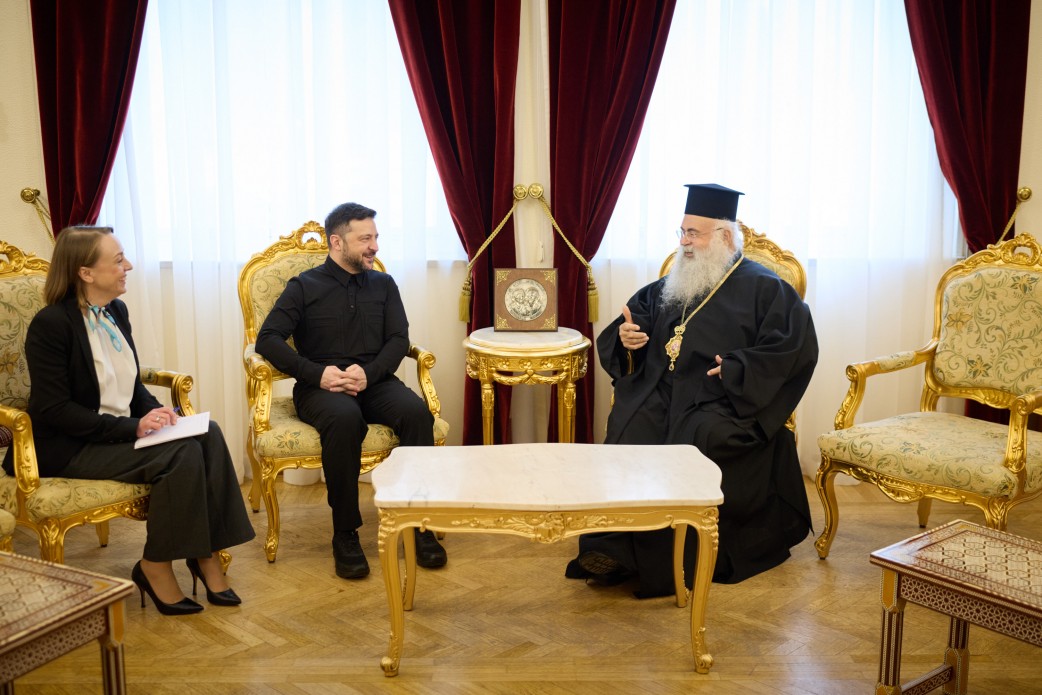Ukrainian forces have approached the defensive line of the Russians known as "Surovikin Line" or "Faberge Line" (the second name was given due to the high cost and embezzlement of funds during its construction), as noted by military-political analyst Dmytro Snegirev on the FREEDOM chanel.
The expert emphasized that despite the criticism of the Ukrainian Armed Forces' counteroffensive, which has been voiced in Western media in recent weeks, the Ukrainian forces have a continuous and sustainable advancement forward.
"Despite all the statements about the Ukrainian counteroffensive slowing down, events are unfolding very dynamically. On two fronts, we have reached the so-called 'Surovikin Line.' This refers to the Veremevsky bulge. Thanks to the heroic efforts of the Ukrainian Armed Forces, we have captured one of the key points of the Russian defense – Staromayorskoe – and essentially blockaded Urozhainoe. The second direction is the so-called Orehovskoe, where we have effectively encircled the Russian group by advancing through the settlement of Rabotino," noted Snegirev.
He reminded that this deeply echeloned defense system with wide minefields and anti-tank ditches was intended to cover the territory of occupied Crimea and the coast of the Azov Sea.
"As for Staromayorskoe, it should be noted that at the moment, the Ukrainian Armed Forces have essentially blockaded Urozhainoe from three sides. The next Russian defense line that our defenders will be storming will run along the line of Vremevka, Staromlinovka, and Oktyabrskoe. This is the so-called second defense line. After this line comes the immediate 'Surovikin Line.' This means that the Ukrainian Armed Forces have broken through the occupant's defensive fortifications on two directions and, accordingly, have approached the main defense line," he added.
At the end of November, it became known that on the left bank of the Dnieper, where the Russian occupiers retreated after the liberation of Kherson, the so-called "Surovikin Line" started to appear. This extensive series of trenches, minefields, barbed wire, tank traps, and firing positions, designed to slow down any Ukrainian attack, emerged deep in the rear - at a distance of 60 km from the front line. It was reported that it was meant to help the Russians maintain control over the occupied part of the Kherson region and Crimea.




















